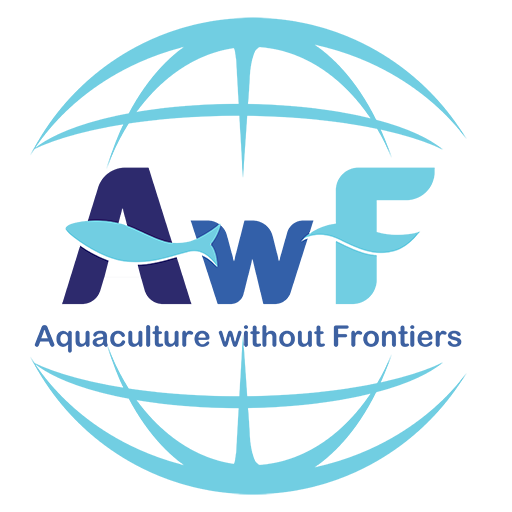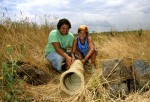Visit to Warrnambool for Potential Eel Culture
Aquaculture without Frontiers involvement
AwF was recently invited to a meeting to discuss options for reviving the culturing of short fin Eels at Lake Condah. The request was made by Deakin University, with whom we have an MOU to share and partner in like-minded projects. Communication between the Gunditj Mirring Traditional Owners Aboriginal Corporation and Deakin University had created this event and discussion centred on practical ideas and projects for the future.
I delivered a presentation to the delegation on behalf of AwF. In thinking how AwF could contribute to this project, Roy Palmer kindly provided information for a PowerPoint presentation outlining past projects that had benefited communities around the world.
Focus of Intent
Engagement between the Gunditj Mirring Corporation who look after Lake Condah and the Budj Bim cultural landscape and Deakin University has been in steady progress over the last few years towards developing a bush tucker market garden and Kooyang aquaponics farm for the mission on Lake Condah. A mixed business model was envisioned to sustain the local indigenous population; it would provide skills and learning opportunities for the community and develop a business plan based on agriculture, tourism and sustainability. The partnership with Deakin would also develop and exploit the research potential in the lakes for aquatic research due to their diverse geographical and historical background.
Eels represent a mystical and magnificent existence and their ability to survive under challenging conditions is well known. The cultural value of re-establishing the eel fishery cannot be overstated.
Geography
Lake Condah (Figure 1) is approximately 4 hrs west of the city of Melbourne. My journey began on the 3.5 hr train ride from Melbourne to Warrnambool on the mid-west coast of Victoria.
Attendees
Damein Bell, CEO of Gunditj Mirring traditional owners led the delegation of Kiecha Day, Shane Bell, Micko Bell and Billy Bell from Heywood. Assoc Pr Giovanni Turchini from the Faculty of Sci Eng & Built Environment and Bob Collins, the Technical Manager for the Marine, Freshwater & Aquaculture Research Facility represented Deakin. In addition, Dr’s Paul Jones & David Francis, senior lecturer’s in Fisheries Management & Aquaculture were on hand to provide valuable feedback. Valerie Little attended as Project Leader from the Aboriginal Landholder Information Service, Victoria.
It is the Gunditj Mirring Traditional owner’s corporation that oversees the land management of Lake Condah and the nearby mission on behalf of the Gunditjmara clan (Figure 2).
Day’s activities
The day began with a tour of Deakin University’s Aquaculture facility guided by Bob Collins. The tour was to acquaint the group led by Damein Bell as they were interested in what was involved in the proposed aquaponics project and what eel culture entailed. Following this, we returned to the faculty meeting rooms. For the major discussion of the day, an informal roundtable was established to share ideas and expertise.
Expectations
The brief for the day was to determine what aquaculture methods would suit the lake and its surroundings as well as pinpoint strategic areas to develop the farming of eels. The lake is part of the Budj Bim Heritage landscape and comprises 1700 hectares of wetland and stony rises. As bodies of water are scattered across the terrain, it requires specific areas designated to culture aquatic species. Eels are the natural choice for they represent a link to the historical fishing techniques of the aboriginal people and therefore culture of the land.
Technical expertise was offered by academics from Deakin University while AwF was able to capitalize on its access to Aquaponic professionals to provide complementary skills.
Developing a proof of scale for the business of eel production will take trials and an understanding of the resources available. There are some hurdles to contend with as the lake is about 30 km to the Fitzroy river mouth in Portland Bay. In addition, several eel fisherman already own licences to capture eels along this river. Due to the topography, flood plain levels are not always reliable which means water levels are unpredictable.
During the presentation, the importance and availability of funding options were raised several times and one of the aims of AwF is to help access grants through regional and national bodies for projects such as this. Interest in developing a learning centre was also expressed; this would be a great achievement should it become a reality.
Outcome
After discussions on various strategies and ideas, each of us parted for the time being in anticipation of Damein’s summary report outlining the next step forward. I look forward to these outcomes and hope to visit the site of Lake Condah before too long. Many partnerships need to be forged over the next few months and years to enable the hopes of a once great cultural practice to establish itself again.
Report prepared by Paul Liew – Volunteers’ Secretariat
November 2015

